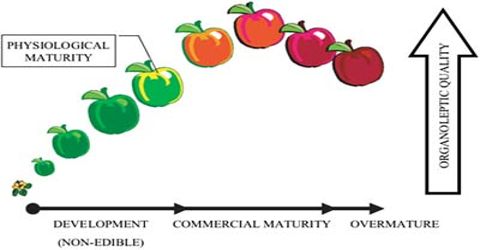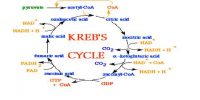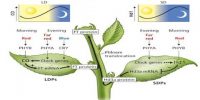Physiology of production of fruits and seeds
Fruits and seeds are formed in angiosperm plants seeds are present inside the fruit. Fertilization is the precondition for the formation of seeds and fruits. If fertilization does not occur in a flower, it will fall down. If fertilization occurs in a flower, the ovary will be matured gradually and will be turned into a fruit. The ovules of the fruit will be turned into seeds.
Some factors are involved in the physiology of the production of fruits and seeds. The factors are as follows:
- Auxins
- Mineral elements
- Heat
- Water, carbon dioxide and light
Auxins:
- It plays a vital role in the production of seeds and fruits,
- The production of auxin increases subsequently after the successful fertilization.
- During the development of a pollen tube, it secrets an enzyme which influences on tryptophan to form auxin.
- The production of auxin increases after pollination and formation of Cells.
- Abscission layers are formed in the peduncles of flowers which present the taller flowers.
Minerals: Minerals, such as- calcium (Ca), magnesium, potassium, phosphorus etc play a special role in the maturation of fruits and seeds. Their activities maintain cell division and growth and keep the perfect supply of carbohydrate (From leaf to fruit through phloem)
Heat: Heat also plays a special role in the production of fruits. Extremely low or extremely high temperature hampers the production of fruits. Temperature regulates the production of fruits by controlling the activities of different enzymes and hormones.
Water, carbon dioxide and light: Carbohydrate, fat, protein and different minerals are stored in the fruits and seeds. They mainly perform photosynthesis. Abscission layer is not formed in peduncles of fruits with the effect of auxin. As a result, the carbohydrate formed in leaves is earned to fruits and seeds as sucrose.
















